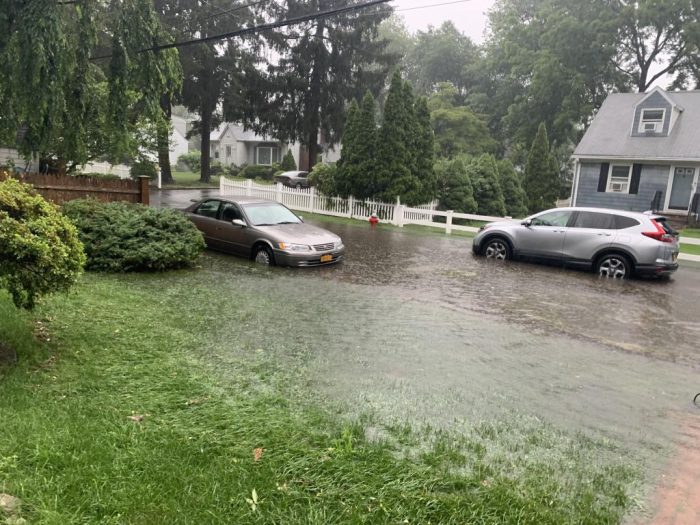Editorial: No more calm after the storm

When the remnants of Hurricane Ida made her way last Wednesday to the North Shore of Long Island, residents weren’t prepared for what was coming.
Two weeks ago, meteorologists got everyone ready for Henri. Gas stations were empty, the supermarket lines went out the door and stores in villages on the water boarded up their windows.
But nothing happened. It was ultimately a light rain.
So, when Ida made her way up the coast, we all thought nothing of it. Boy, we were wrong.
There was flooding all across the North Shore, and people didn’t think to prepare the same way they were going to be for the previous storm.
Port Jefferson village was a muddy mess. Northport was practically under water. Stony Brook University had students sleeping inside the Student Activities Center because dorms became pools.
According to the United Nations’ latest climate report published recently in The Washington Post, warming from fossil fuels is most likely behind the increase in the number of high intensity hurricanes over the last 40 years.
Long Island has seen quite a few of those storms, including Sandy, Irene and Isaias. According to the Post, five more tropical systems are currently sweeping over the Atlantic so the hurricane season has only just begun. Will they be just as bad?
What will happen if we keep making poor choices when it comes to the environment? If burning fossil fuels is one of the biggest influencers in climate change, then what can we do to alleviate that stress? We need to collectively do better to eliminate waste and save energy. Consider an eco-friendly vehicle, energy-saving lightbulbs and using more sustainable household products.
But it isn’t just the increases in sustainable living that are important.
Long Islanders need to ask their elected officials for help. For communities across the North Shore, we need to invest in ways to prevent damage to homes and businesses that sit by the water.
We need to ask PSEG Long Island to consider and create ways to move power lines underground, so when high winds attack we won’t lose power for days.
These are tall orders, but while the rest of us work toward doing better on a smaller level, we hope that Ida showed us all that we need to treat Mother Earth the way she should be treated — if we don’t, the flooding on Main Street will be the new normal.






